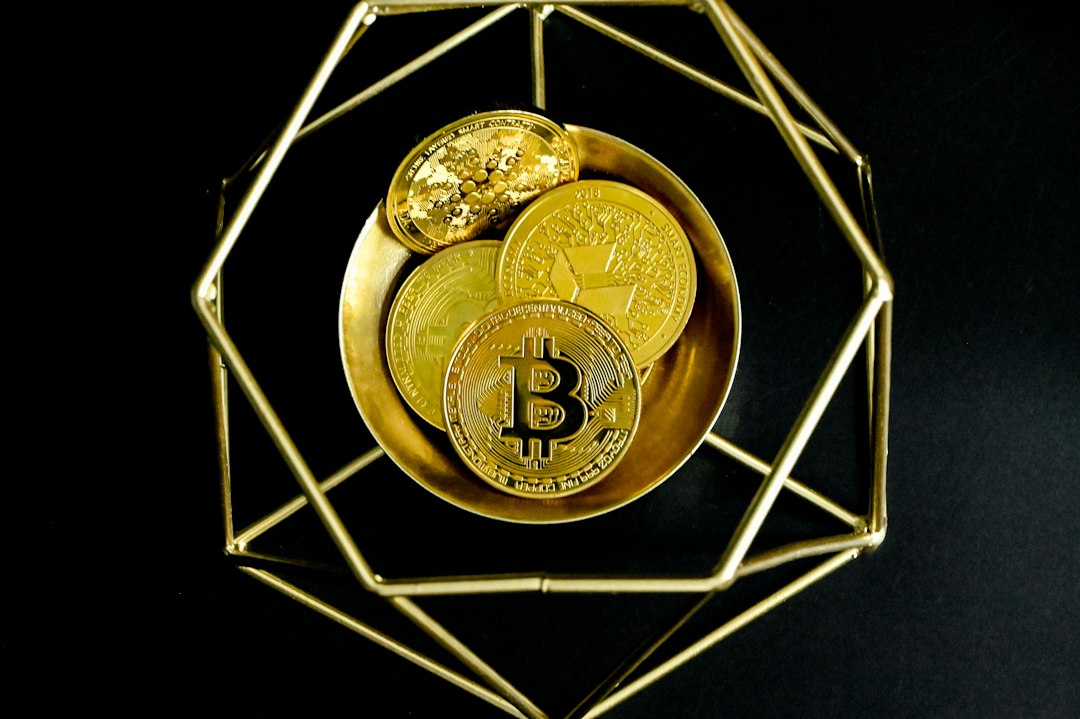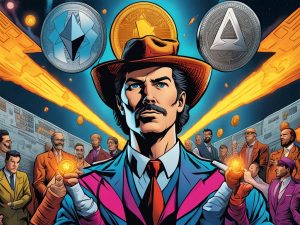Understanding the Basics of IOTA: A Game-Changer in the Cryptocurrency Space
If you’ve been following the world of cryptocurrencies, you may have come across a term that keeps popping up: IOTA. In this article, we will help you navigate the basics of IOTA, a cryptocurrency that stands out from the crowd due to its unique market approach. So, let’s dive in and explore this game-changer in the cryptocurrency space.
First of all, what does IOTA stand for? IOTA is an acronym that stands for Internet of Things Application. It aims to be the backbone of the ever-growing network of connected devices, often referred to as the Internet of Things (IoT). But what makes IOTA different from other cryptocurrencies such as Bitcoin or Ethereum?
You see, IOTA’s primary focus is on facilitating micropayments and transactions between machines in the IoT ecosystem. It aims to revolutionize the way devices interact and conduct business with each other by providing a fee-less and scalable infrastructure. Unlike other cryptocurrencies, IOTA does not rely on blockchain technology but instead utilizes a technology called Tangle.
The Tangle, a Directed Acyclic Graph (DAG), is the heart of IOTA’s architecture. Instead of using miners to validate and confirm transactions, IOTA relies on a consensus mechanism where each user who wants to make a transaction must first validate two previous transactions. This unique approach allows for faster and more scalable transactions, with no transaction fees involved.
Now, let’s talk about the advantages that IOTA brings to the table. As a user, you benefit from the fee-less nature of IOTA transactions. You no longer have to worry about high transaction fees eating up a significant portion of your funds when conducting microtransactions. Additionally, IOTA’s scalability allows for the efficient handling of a massive number of transactions, making it a viable option for the future IoT ecosystem.
Another key feature of IOTA is its focus on secure communication and data integrity. By utilizing cryptographic algorithms, IOTA ensures that transactions are secure and protected from tampering. This is especially crucial in the IoT world, where devices need to communicate and exchange data in a trusted and secure manner.
But how can you get started with IOTA? Well, it all begins with setting up a digital wallet. IOTA wallets are available for various platforms, including desktop, web, and mobile. Once you have set up your wallet, you can start acquiring IOTA tokens through cryptocurrency exchanges.
It’s essential to note that IOTA’s tokens are pre-mined, meaning they were generated before the launch of the network. This approach eliminates the need for miners and ensures that the transaction validation process remains efficient and environmentally friendly.
If you’re wondering about the value and potential of IOTA, it’s worth considering the partnerships and collaborations it has established. IOTA has teamed up with prominent companies such as Bosch, Volkswagen, and Fujitsu, among others, to explore and implement real-world applications of its technology. These partnerships indicate the growing interest and belief in IOTA’s capabilities.
Now that you have a good grasp of the basics of IOTA, let’s address some commonly asked questions:
Frequently Asked Questions:
1. How does IOTA differ from traditional blockchain-based cryptocurrencies?
IOTA differs from traditional cryptocurrencies by utilizing the Tangle, a Directed Acyclic Graph (DAG), instead of blockchain technology. The Tangle allows for fee-less and scalable transactions, making it ideal for the Internet of Things (IoT) ecosystem.
2. How can I acquire IOTA tokens?
You can acquire IOTA tokens by setting up a digital wallet and purchasing them through cryptocurrency exchanges that support IOTA, such as Binance or Bitfinex.
3. Are IOTA transactions really fee-less?
Yes, IOTA transactions are fee-less. Instead of paying transaction fees, users validate two previous transactions when making their own transactions.
4. Is IOTA a good investment?
Investing in cryptocurrencies carries risks, and it’s important to do your own research before making any investment decisions. However, IOTA’s partnerships with reputable companies and its focus on the IoT ecosystem show potential for growth and adoption in the future.
5. Can I use IOTA for everyday purchases?
While IOTA’s technology is primarily designed for machine-to-machine transactions in the IoT ecosystem, there are efforts to make IOTA more user-friendly for everyday purchases. However, widespread adoption for everyday use is still a work in progress.
In conclusion, IOTA presents a new paradigm in the cryptocurrency space by focusing on facilitating transactions within the Internet of Things. Its fee-less, scalable, and secure approach positions it as a game-changer for the future of interconnected devices. So, if you’re intrigued by the potential of IOTA, why not explore it further and see how it can fit into your cryptocurrency portfolio?





 By
By
 By
By
 By
By
 By
By
 By
By
 By
By